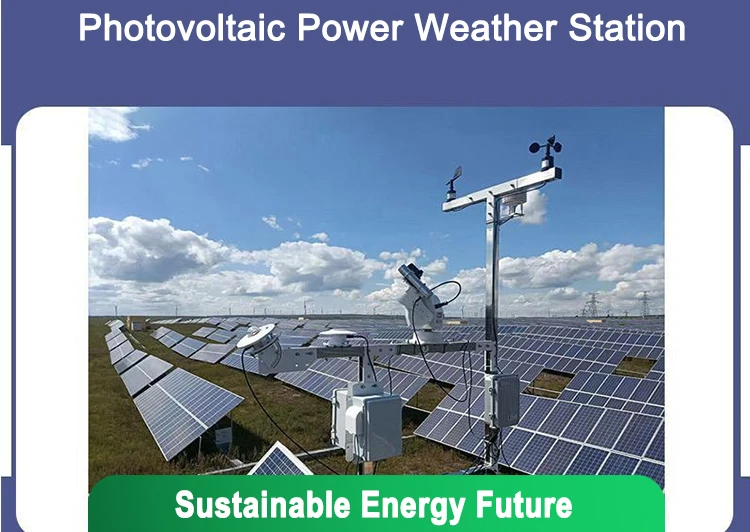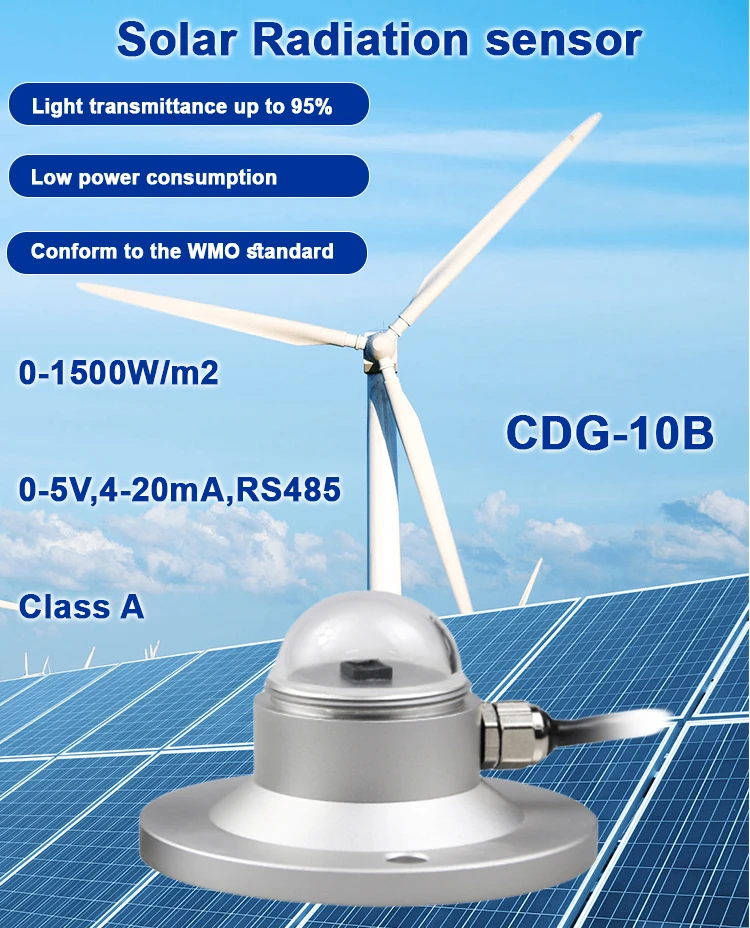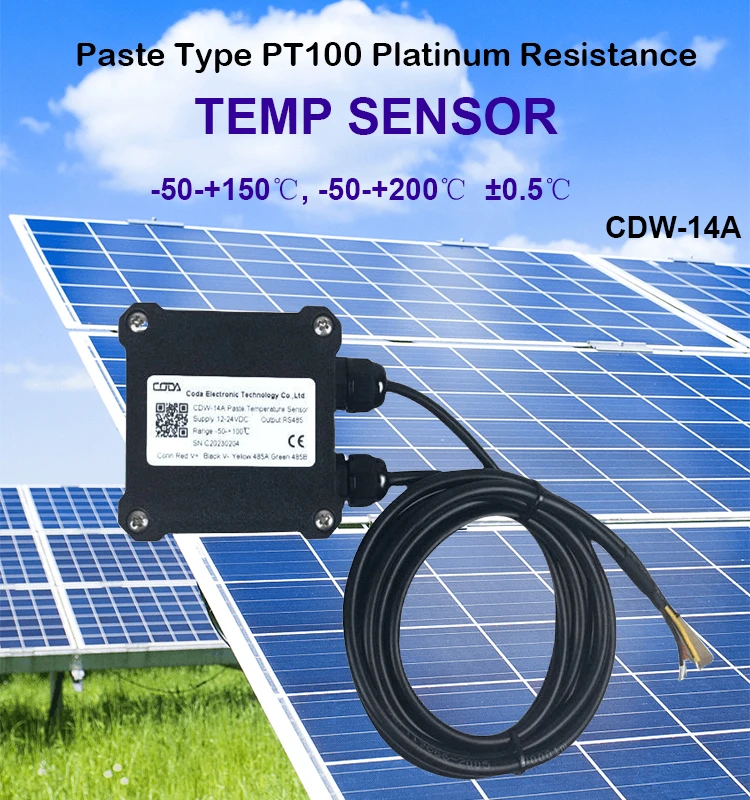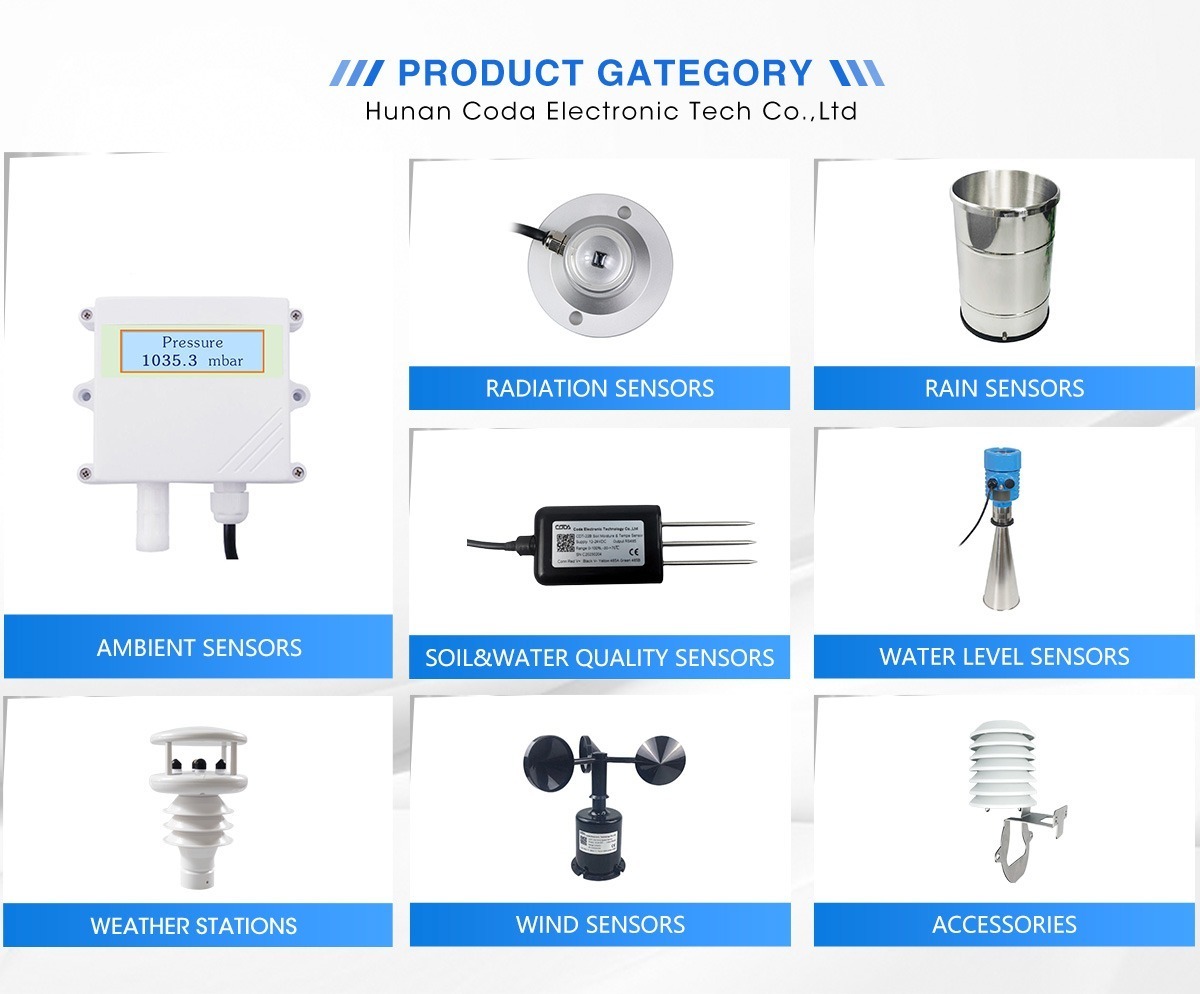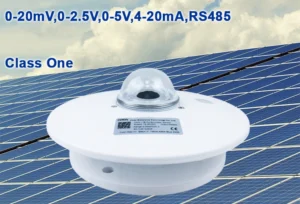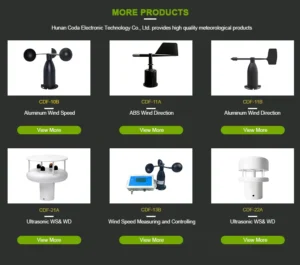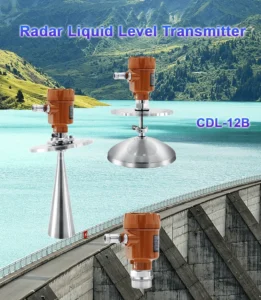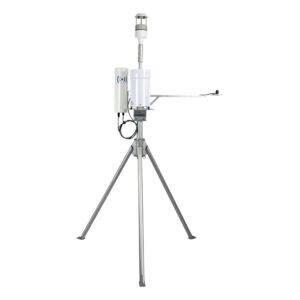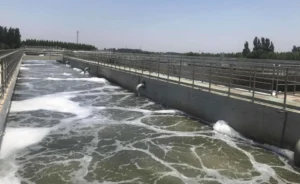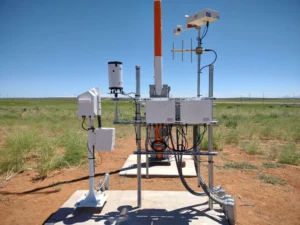The Applications of Sensors in Photovoltaic Weather Stations
Introduction
In the pursuit of sustainable energy solutions, photovoltaic (PV) power generation has gained significant momentum. To optimize the performance and efficiency of PV systems, accurate and real – time environmental data is crucial. This is where photovoltaic weather stations, equipped with an array of sensors, play a vital role. These stations collect data on various meteorological parameters, which are essential for understanding the impact of weather conditions on PV energy production.
Types of Sensors in Photovoltaic Weather Stations
Solar Radiation Sensors
Solar radiation is the primary source of energy for PV systems. Pyranometers are commonly used sensors in PV weather stations to measure global solar radiation. They detect the total amount of solar radiation (both direct and diffuse) falling on a horizontal surface. By accurately measuring solar radiation, operators can estimate the potential energy output of PV panels. For example, in a large – scale PV power plant, knowing the solar radiation levels helps in predicting the daily and seasonal energy production, which is crucial for grid integration and power management.
Temperature Sensors
Temperature has a significant impact on the performance of PV panels. As the temperature of PV cells increases, their efficiency generally decreases. Thermocouples or thermistors are used as temperature sensors in PV weather stations. They measure the ambient temperature as well as the temperature of the PV panels themselves. We use this data to calculate the temperature coefficient of the PV panels. For instance, if we know the temperature coefficient of a particular PV panel, and the measured temperature exceeds the optimal operating temperature, operators can take measures such as cooling the panels to maintain higher efficiency.
Wind Sensors
Wind speed and direction can affect the performance of PV systems in several ways. High wind speeds can cause mechanical stress on PV panels, potentially leading to damage. Anemometers are used to measure wind speed, and wind vanes determine the wind direction. In areas with strong winds, this data helps in designing the mounting structure of PV panels to ensure their stability. Additionally, wind – induced cooling of PV panels can also impact their temperature and thus their efficiency. By monitoring wind conditions, operators can better predict the overall performance of the PV system.
Humidity Sensors
Humidity levels in the atmosphere can influence the performance and lifespan of PV panels. High humidity can lead to the formation of condensation on the panels, which may cause electrical leakage and corrosion over time. It seems like you provided a statement about humidity sensors in PV weather stations. Are you looking for this to be incorporated into the existing article about sensor applications in photovoltaic weather stations? Or perhaps you want me to expand on this idea further? If it’s for the article, I can smoothly integrate it into the relevant section about humidity sensors.
Data Analysis and Utilization
The data collected by these sensors in a PV weather station is not just raw information; it is analyzed to make informed decisions.
Performance Monitoring
By continuously monitoring solar radiation, temperature, wind, and humidity data, operators can assess the real – time performance of the PV system. Deviations from expected performance can be quickly identified. For example, if the solar radiation is high, but the power output of the PV panels is lower than expected, it could indicate a problem with the panels, such as shading, dirt accumulation, or a malfunctioning inverter. Analyzing the temperature data in conjunction with power output can help in diagnosing issues related to overheating.
Predictive Maintenance
Sensor data can be used to predict when maintenance is required. For instance, if the humidity sensor detects a consistently high humidity level over a long period, it may be a sign that the PV panels are at risk of corrosion. Based on this prediction, maintenance teams can schedule preventive maintenance, such as cleaning the panels, checking for electrical connections, and applying anti – corrosion coatings. This proactive approach helps in reducing downtime and increasing the lifespan of the PV system.
Grid Integration
Accurate weather data from PV weather stations is also crucial for grid integration. Power grid operators need to know the expected power output of PV systems in their area to balance the supply and demand of electricity. By analyzing the historical and real – time sensor data, they can predict the power generation from PV systems under different weather conditions. This allows for better grid management, reducing the likelihood of power outages and ensuring a stable power supply.
Conclusion
In summary, sensors in photovoltaic weather stations are essential components for optimizing the performance, ensuring the reliability, and enabling the efficient integration of PV systems into the power grid. Solar radiation, temperature, wind, and humidity sensors collect data that provides valuable insights. We use these insights for performance monitoring, predictive maintenance, and grid – related decision – making. As the PV industry continues to grow, the role of these sensors in enhancing the sustainability and effectiveness of PV power generation will become even more significant.
